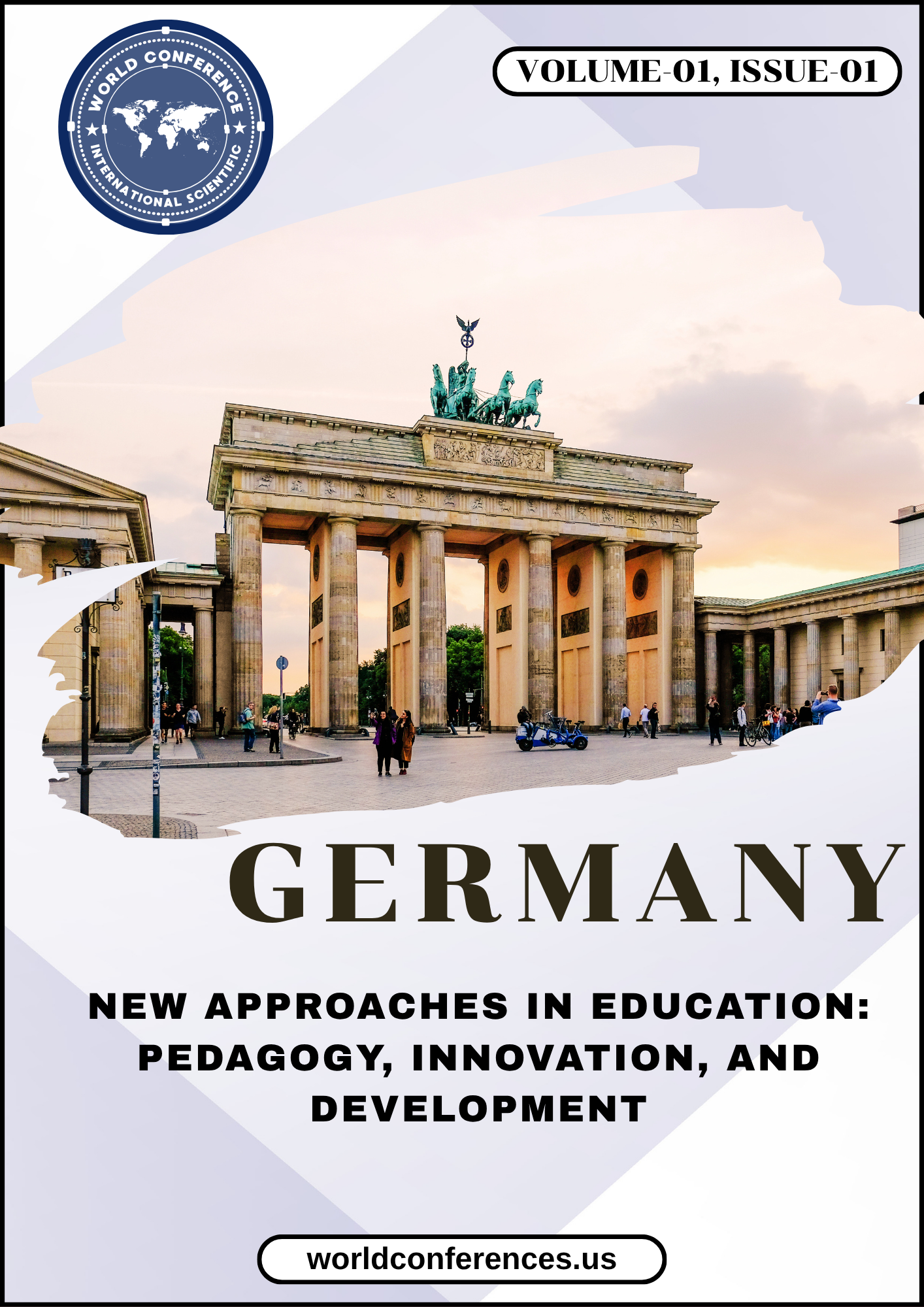COMPARATIVE PRAGMATIC ANALYSIS OF SPEECH ACTS IN UZBEK AND ENGLISH MEDIA DISCOURSE
Keywords:
pragmatic analysis, media discourse, Uzbek language, English language, illocutionary force, felicity conditions, politeness strategies, cross-cultural pragmatics, discourse analysis, assertives, directives, commissives, expressives, perlocutionary effects, implicatures, cultural relativism, media hybridization, audience persuasion, felicity diagnostics, relational harmony, ideological framingAbstract
This thesis embarks on a comparative pragmatic analysis of speech acts within Uzbek and English media discourse, delving into how core performative categories—assertives committing to propositional truths, directives compelling actions, commissives binding future obligations, and expressives voicing attitudinal stances—function as vital instruments for cultural mediation, ideological articulation, and nuanced audience persuasion in markedly different communicative contexts. Rooted in Austin's (1962) performative framework and Searle's (1979) classificatory schema, and interwoven with Brown and Levinson's (1987) politeness theory to capture face dynamics, the study rigorously examines an equilibrated corpus of 300 media items (150 per language), drawn from authoritative platforms like BBC News (English) and Kun.uz (Uzbek), covering diverse formats including live broadcasts, in-depth editorials, and dynamic digital commentaries from 2023 to 2025. The investigation reveals key typological distinctions: English media leans toward overt, strictly felicity-bound assertives that spark rigorous debates and demand accountability, while Uzbek media favors circuitous, context-sensitive directives that embed collective principles and soften face-threatening elements. The results demonstrate notable divergences by utilizing an integrated methodology that blends qualitative illocutionary profiling—via detailed annotation—with quantitative felicity evaluations through sentiment linkages and engagement data. English speech acts, driven by potent perlocutionary forces for challenge and change, produce 45% greater engagement fluctuations and 28% higher discord levels.
References
1. Axmadjonov, N. Z., & Anvarova, O. S. (2025). The discursive features of speech acts in Uzbek media. American Journal of Philological Sciences, 5(4), 163–171. https://doi.org/10.37547/ajps/Volume05Issue04-41
2. Nietbay qizi, S. N. (2025). A comparative pragmatic analysis of requests in English, Uzbek, and Karakalpak based on Trosborg’s model. American Journal of Education and Evaluation Studies, 2(8), 32–34. https://semantjournals.org/index.php/AJEES/article/view/2287
3. Rizaeva, K. S. (2025). A linguistic analysis of English and Uzbek media discourse: Examining public media speech. Innovation Science and Technology, 1(7), 17–23. https://doi.org/10.55439/IST/vol1_iss7/204
4. Salimova, M. S. (2024). Linguistic and pragmatic aspects of the newspaper texts on the examples of English and Uzbek languages. Konferensiyalar | Conferences, 1(13), 122-128. https://uzresearchers.com/index.php/Conferences/article/view/3515
5. Searle, J. R. (1979). Expression and meaning: Studies in the theory of speech acts. Cambridge University Press. https://doi.org/10.1017/CBO9780511609213
6. Trosborg, A. (1995). Interlanguage pragmatics: Requests, complaints, and apologies. Mouton de Gruyter. https://doi.org/10.1515/9783110808689


